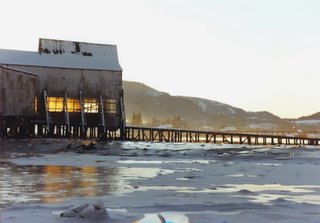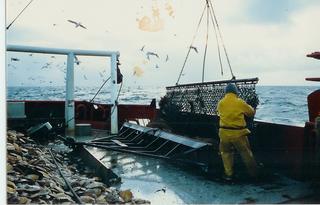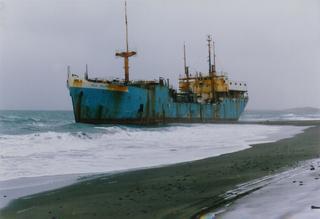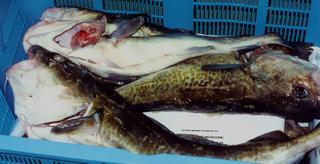A classic new fishery

You are wondering full bore what fishery I'm refering to here I'm sure. Here's one that fits the bill, and is spreading in Southeast Alaska. Most of us have heard about the sea cucumber dive fishery. But it struck me that the payroll of this "insignificant" fishery is probably greater than the tanner crab fishery in S.E. Certainly the value of the "cukes" is greater than S.E. king crabs, which were classically "hammered" down to nothing.
Photo of S.E. tanner crab from my crab buying days. They used to be considered a "pest" before someone figured out how to get the meat out.
When I was running a plant in Juneau for tanner crab, we only had about 20 workers on the processing line, and that was only for about a month. The "cuke" plant in Juneau runs all winter with 30 processing line workers. And I guarantee, we didn't pay our workers more per hour just because crab is a higher status fishery among the fishermen. The Asians don't care about our egos. The diver in this fishery looks like the one that's making the money. And they might not even have to go get a NAUI certificate.
Starting a fishery out somewhere in Alaska reminded me of some guys that tried to get a sea urchin fishery going out along the Alaska Peninsula. The trouble was, the sea otters came in and ate all the urchins. If you are going to start a miscellaneous fishery, make sure sea otters don't like what you're after.
But if Southeast Alaska is the only place that any "cuke" fishery is going on, some good opportunities might be getting passed over farther to Westward. I remember noticing how productive the intertidal zone in Dutch Harbor was. Actually, out on the spit, not in where all the big boats anchor and tie up. With record halibut being caught out there by the charter boats, there may be record "cukes" out there.
This morning I was reading a survey done for a resource from a few years back and noticed how much trouble the investigators had with the Alaska Department of Fish and Game. It reminded me of some scenario out of "The Gulag Archipaligo," not the Alexander Archipaligo. The trouble with starting new fisheries is that the ADF&G was never in lock-step with the economic development folks, and the city managers had no clue what was going on. How much of this is still true, I don't know. Cities have hired economic development specialists, but they generally don't have a clue about fisheries development. They were hired based on a resume a yard long of work putting in shopping malls and such.
The only way fisheries development ever worked was through private enterprise. A couple of guys going out and looking for something. Then when they find it, they start the real work of getting a permit to commercially harvest it. And if they are smart, they'll get "in the know" real fast so their whole fishery doesn't get derailed before they even start.









